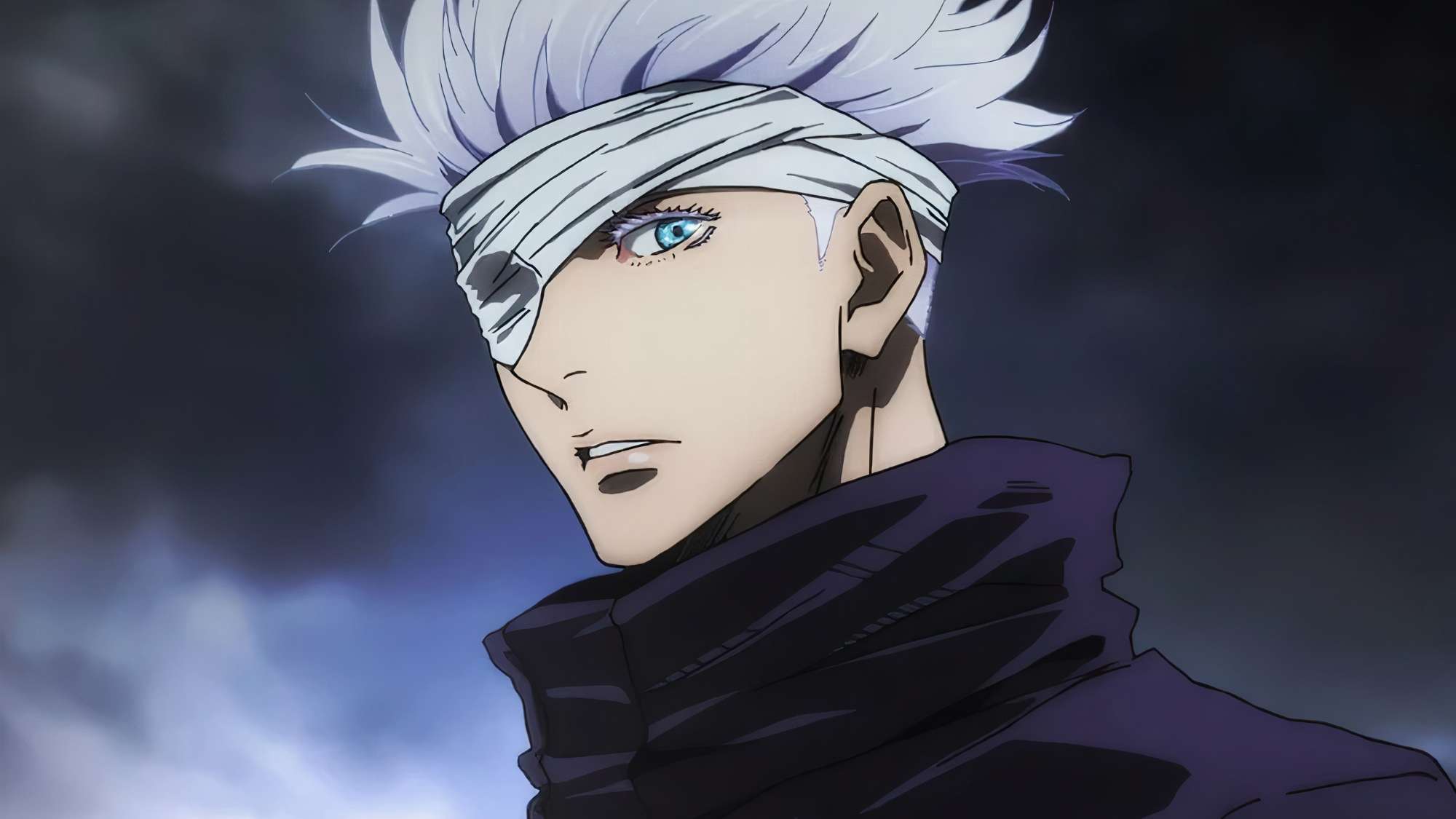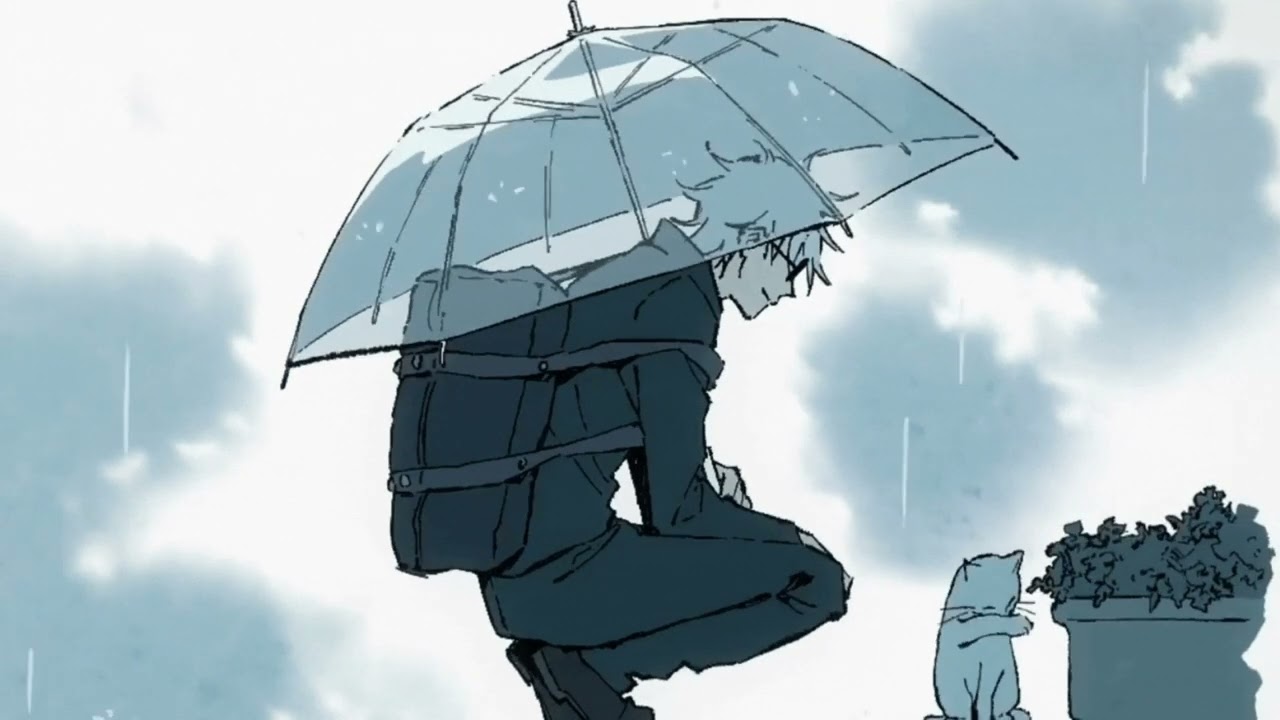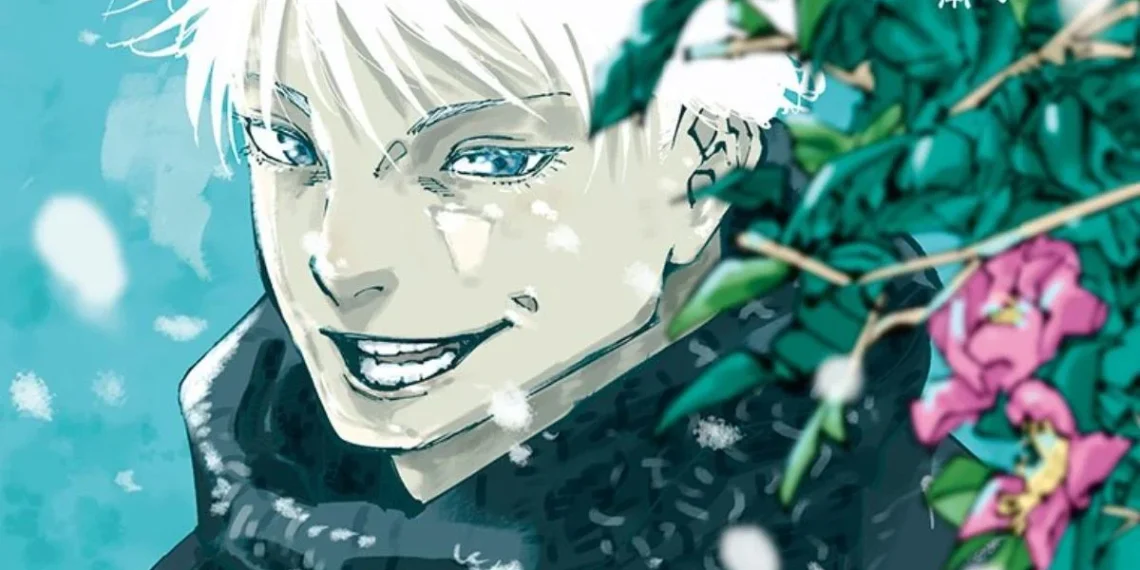The unexpected demise of Satoru Gojo in Jujutsu Kaisen chapter 236 has left fans grappling with a mix of disbelief and disappointment.
Despite the fervent hope for his return, the series has drawn to a close, seemingly sealing Gojo’s fate and leaving many characters and readers alike to mourn his absence. The aftermath of his death highlighted an unsettling truth: the jaded and ungrateful nature of the Jujutsu society.
In the wake of the series finale, fans flocked to social media platforms to voice their frustrations regarding the lack of acknowledgment for Gojo’s significant contributions.

Rather than paying tribute to their fallen comrade, nearly all characters appeared to forget his sacrifices, igniting a wave of anger and sadness within the community. The absence of any memorial or respect for Gojo’s efforts, culminating in the absence of a proper burial, deepened the sting of his loss.
Gege Akutami, the series’ creator, utilized Gojo’s treatment after death to illuminate the bitter realities of the Jujutsu society. Throughout his life, Gojo was seen more as a weapon than a person, embodying the harsh expectations placed upon sorcerers.
From his childhood, when a staggering bounty was placed on his head, it was evident that he had never experienced a conventional upbringing, burdened instead by the weight of his power and the expectations that came with it.

His journey continued as he shared the title of the strongest sorcerer with Suguru Geto during their teenage years. However, a pivotal battle with Toji Fushiguro transformed Gojo, leading him to master the Reverse Cursed Technique and solidify his status as the unrivaled champion of the Jujutsu world.
This elevation, while empowering, deepened his isolation, particularly after Geto’s fall from grace. The emotional toll of losing a confidant left Gojo bearing the heavy responsibility of being the sole protector of the Jujutsu realm, determined to challenge the corruption embedded within it.
Yet, despite his formidable power and relentless pursuit of change, Gojo’s efforts went largely unrecognized. His fate was a reflection of the cruel realities faced by sorcerers who sacrificed everything, only to be met with neglect.
This was poignantly demonstrated through the fate of other characters, such as Kento Nanami, who left the Jujutsu world due to its unforgiving nature. Similarly, Yuji Itadori and Yuta Okkotsu faced death sentences due to circumstances beyond their control, further illustrating the brutality of their existence.
Following Gojo’s demise at the hands of Sukuna, his body was treated with a chilling disregard. Shoko Ieri merely stitched him up for Yuta to utilize in combat, symbolizing how Gojo was once again reduced to a tool in the ongoing battle.
The lack of mourning or acknowledgment from his peers, especially from Megumi, who owed his very existence to Gojo’s guidance, painted a stark picture of the Jujutsu society’s unyielding cruelty. The final moments of Gojo’s story were devoid of reverence, highlighting a world where sorcerers are valued only for their utility and are quickly forgotten after death.
Gojo’s experience serves as a profound commentary on the nature of the Jujutsu world, which remains as harsh and resistant to change as ever, leaving behind a legacy of sacrifice that goes unrecognized and unrewarded.




